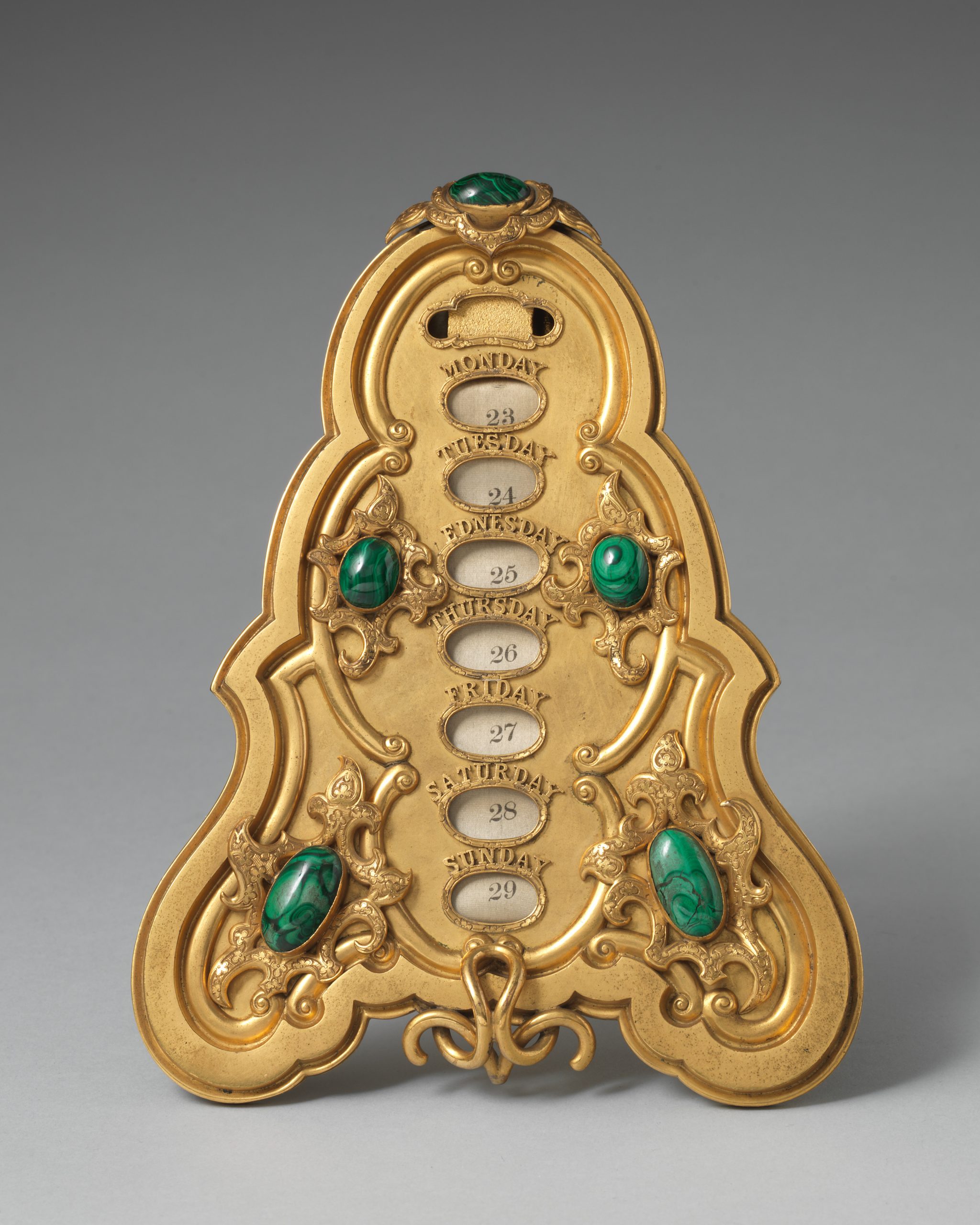- Home
- Local History
- The Creation of the Calendar
The Creation of the Calendar
Written by Pam Preedy.
How old is timekeeping?
Historians believe that timekeeping (and the calendar) goes as far back as the Neolithic period. Recent research suggested that Stonehenge (2,500BC) was originally built to track a solar year of 365.25 days. The Sumerians divided the year into 12 lunar months, each comprising 29 or 30 days, giving a total of 354 days.
According to legend, Romulus, the founder of Rome, instituted the calendar in about 738 BC, though it is more likely to have evolved from earlier civilisations including the Greek lunar calendar.
A Ten month calendar year
The Romans divided their year into ten lunar or ‘moon’ cycles. Hence the name ‘month’. The months were numbered: September (7), October (8), November (9), and December (10).
Originally July and August were given their numbers: Quintillus (5) and Sextilis (6), but they were changed to honour the glory of two rulers; Julius Caesar and his nephew, Augustus.
Some think that Aprilis (April) means the second (month), others think it comes from the goddess Aphrodite, the goddess of love and beauty, or even ‘to open’ (a bud): it was considered a month of beauty and growth.

Maia (May) was the goddess of the growth of plants. Plants were used by the Romans for food, drink, medicine, cosmetics, aromatherapy and even religious worship. Juno (June) was the goddess of love and marriage and June was a popular month for weddings.
A month for battles to resume
For Romulus the New Year came in March, named after his father, Mars the god of war. It was a time for battles to be resumed after the winter months.
Numa, the second King, added two months to synchronise the calendar with the lunar year; Januarius (January), named after Janus the god of beginnings and endings and Februum (February), the god of purification, in preparation for the coming of spring in the Northern Hemisphere.
The previous calendar had comprised six months of 30 days and four months of 31 days giving a total of 304 days. Numa was superstitious of even numbers and wanted all the months to have 29 days.

Of the 355 days in his year, the final 57 days were divided between January (29 days) leaving February with 28 days.
This was about ten days shorter than a solar year. To keep it synchronised with the seasons a leap month was added normally every two or three years. This was open to abuse from elected officials who could control the length of their term of service simply by adding a leap month.
When the calandar changed to twelve months
In 45 B.C. Julius Caesar ordered a calendar consisting of twelve months based on a solar year and eliminating leap months. This calendar included a leap year every four years.
The ancient Romans calculated that it took the earth exactly 365.25 days to track round the sun. In fact it is actually 365 days, 5 hours, 48 minutes and 46 seconds (365.2421 days), an overestimate of a little under one day per century, thus a leap year came every four years without exception.

It is essentially the calendar we have today, with our twelve months of 28-31 days, the leap year every four years. Also it moved the New Year from March 25th to January 1st.
The tax year still runs from the original date of the New Year.
This calendar was not popular with Protestant countries: they thought it was part of a plot to return them to the Pope. Gradually countries transferred to the Gregorian calendar. Having been out of synchronisation with other European countries, Britain and her Empire was one of the last but transferred in 1752.
The year began on 1st January, but it was necessary to correct it by 11 days: the ‘lost days’. It was decided that Wednesday 2nd September 1752 would be followed by Thursday 14th September 1752. People were unhappy with this and felt they had been robbed of 11 days.
Not everyone was unhappy about the new calendar.
According to W.M. Jamieson in his book, ‘Murders Myths and Monuments of North Staffordshire’, there is a tale about one William Willett of Endon. Always keen on a joke, he apparently wagered that he could dance non-stop for 12 days and 12 nights. On the evening of September 2nd 1752, he started to jig around the village and continued all through the night. The next morning, September 14th by the new calendar, he stopped dancing and claimed his bets!
The Babylonian Calendar
The days of the week are a mash-up of many different languages and cultural ideas. Here’s where they got their names!
• Sunday – from the Latin solis, which means “Sun’s Day”
• Monday – from the Latin lunae, which means “Moon’s Day”
• Tuesday – named after Tiw, the Viking god of law
• Wednesday – named after Woden, the Viking god of gods
• Thursday – named after Thor, the Viking god of war
• Friday – named after Frida, the Viking god of love
• Saturday – named after Saturn, the Roman god of agriculture
Further your research
For more information visit the Bromley Historic Collections on the 2nd floor of Bromley Central Library to learn more about Bromley Borough’s history.
Originally published in Life in Bromley magazine (Issue 11, January 2023)
Images sourced via Wikimedia Commons
